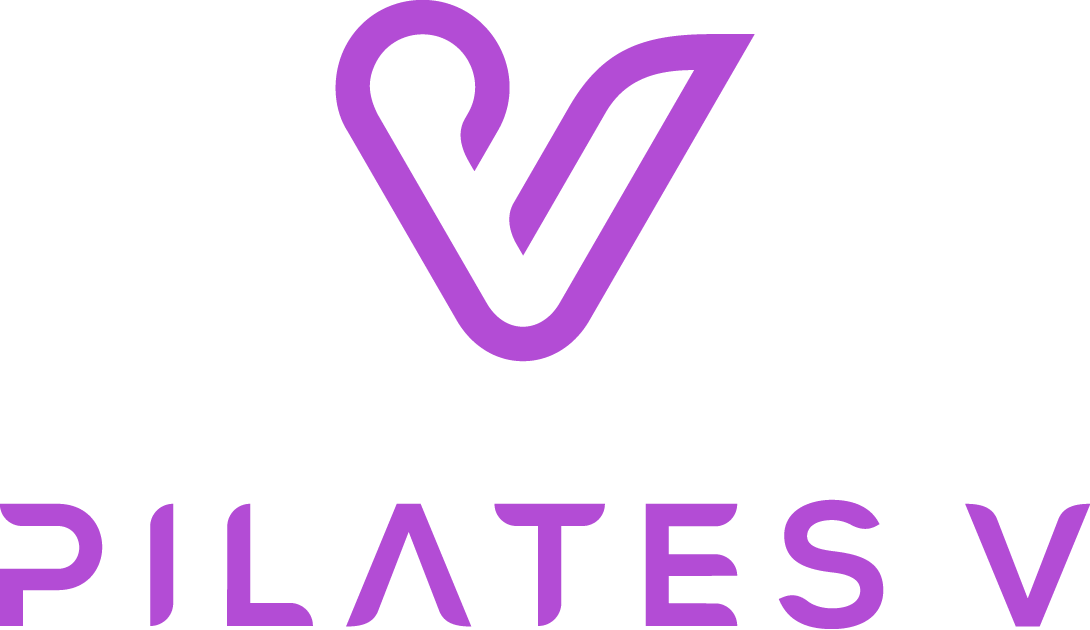The Mindfulness of Movement # 2
Pilates V Fam,
We’re continuing our teaching conversation on The Mindfulness of Movement we started last Month, so if you miss the April 2022 blog or would like to review it, see that first!
Moving on to the next 2 Pilates Principles as set forth by Joe himself-
Pilates is complete coordination of Body, Mind and Spirit- Joseph Pilates”
Center and Control
The principle of Center in the Pilates way means that we are always aware of living and moving from our “center”. Here’s where things start getting interesting in my opinion, and where the principles started to have a deeper and more profound impact on my life personally.
When we embrace the principle of center as Joe intended, Center or Centering, is where we begin to identify with ourselves as the body/mind and realize the Mental, Physical and Spiritual aspects of ourselves through the work.
Physically, the Pilates center means that all movement begins and ends in our center. Our physical center, also known as the “tan tien” in Chi Kung, is 2 inches below the navel and about 2 inches behind the navel center. This is also our physical center of gravity.
Pilates teaches connecting to our Core as a way to stay connected to and move from Center.
With Core awareness all movement begins and returns to Center.
In Pilates, our arms and legs are considered appendages, always connected to and always informed by our Core and our sense of being “in center”.
Mentally, Centering means use Movement mindfulness to develop the muscle of focused attention. Pilates gives us the opportunity to develop the muscle of focus since it asks us to “pay attention” to many things at one time. As we gain strength in our ability to focus, the many parts integrate, breath and movement become One and a sense of ease and flow can arise.
Spiritually, Pilates is experienced differently for every person, yet it is at the very foundation of Joseph Pilates’ work. He developed his body of work for the purpose of helping people to reawaken their “zest” for life. That inner spark that we at Pilates V call Vibrancy.
My experience is, and the science of neurobiology proves, that the practice of Pilates is a perfect doorway to the state of Flow, which is scientifically defined as the most optimal state that we can be in, and which I believe, and people who commonly experience Flow report, connects us to something larger than ourselves.
How to practice the principle of Center
When you’re setting up for any movement, take a few extra moments to
1. Return your awareness to your breath and smooth it out
2. Shift your focus to the areas you will be working on, and the connection to your core
3. Activate your core to engage your Center.
4. Maintain focused awareness on each breath and movement, with the intention of creating smoothness and fluidity from your Center.
The principle of Control
This is where you begin to see the layering of the principles in action. The principle of Control is only available to us once we have firmly established a strong foundation with the previous principles.
Practicing the principle of Control will set you on the pathway to Mastery.
If you have ever seen the Cirque du soleil performers, you have seen the principle of Control in action. Did you know they train with Pilates?
Control means we are ALWAYS in complete control of every movement, with mind and body aligned.
Control means our breath and our movement is smooth and connected to our Core.
No jerking or banging of equipment.
Control means understanding our ability to breathe and move from the inside out, meaning, we know our limitations and learn to work the edges of our abilities while maintaining control, so we’re always slightly pushing the edge to improve, but not so far as to lose control.
Control requires mental and physical attention and is affected by emotional and spiritual imbalances.
Pilates was originally called Contrology and was developed as a practice for Mind, Body & Spirit.
How to practice the principle of Control
Notice how your movement affects your breath and vice versa. Match your breath and your movement, so they compliment each other, and they are both smooth and controlled.
If you notice your breath or your movement is jerky or has edges; back out of your movement until you regain control. The most common mistake people make is to move too quickly and/or create movements that are outside of their range of control, resulting in jerky movements and breath.
Be willing to take a beginner's mind and start anew, with your focus on the quality of your mind and body/movement being fully engaged and aligned
Practice the mantra “As much as necessary, as little as possible”. Use only as much energy as is necessary to accomplish your movement, and as little energy as possible.
Breath, Concentration, Center, Control. It’s a process of layering each principle upon the previous ones, so start at the beginning and apply your focused mind to mastering each principle, one at a time. With consistent practice you will likely begin to experience a heightened sense of presence and well being, and in time that “zest for life”, just as Joe intended!
Next month we will continue our discussion with the principles of Precision and Fluidity!
